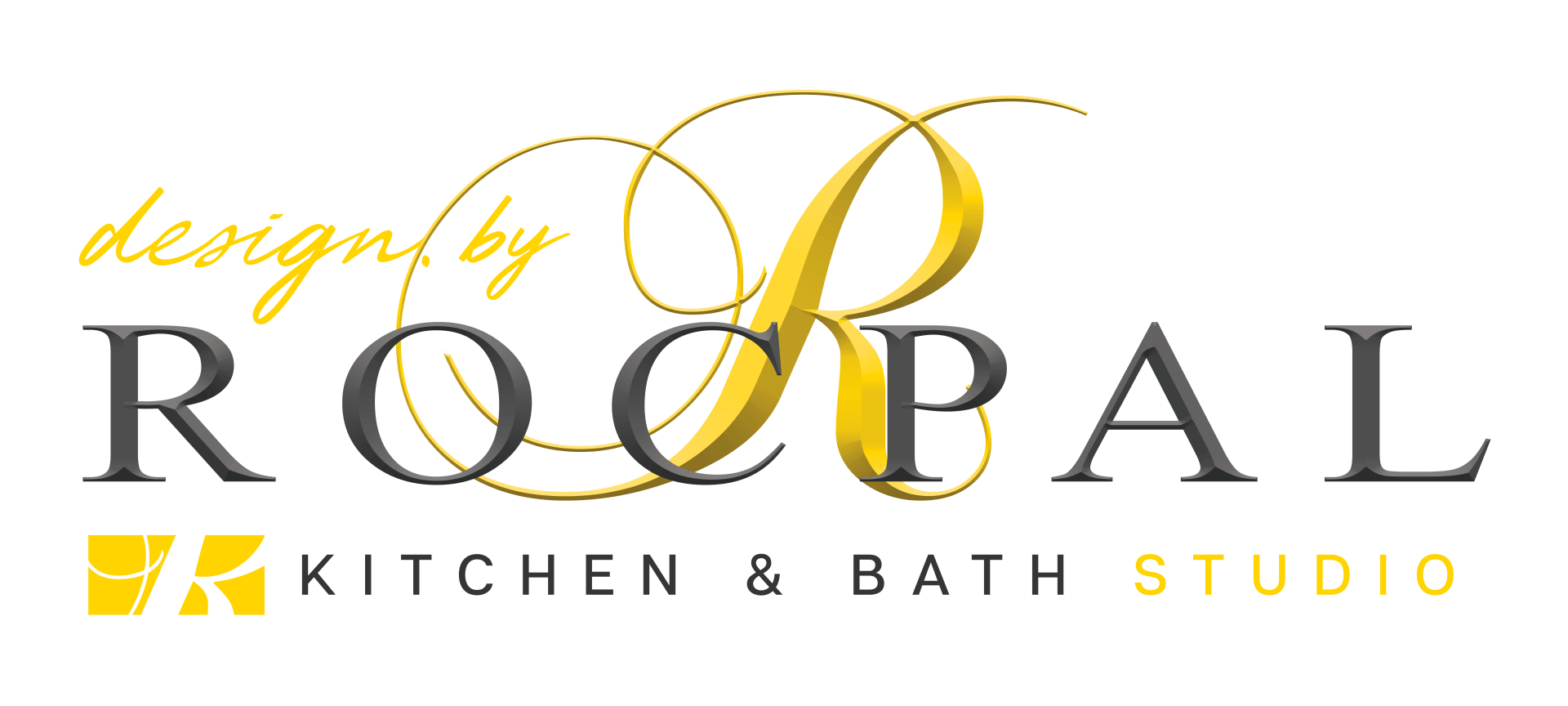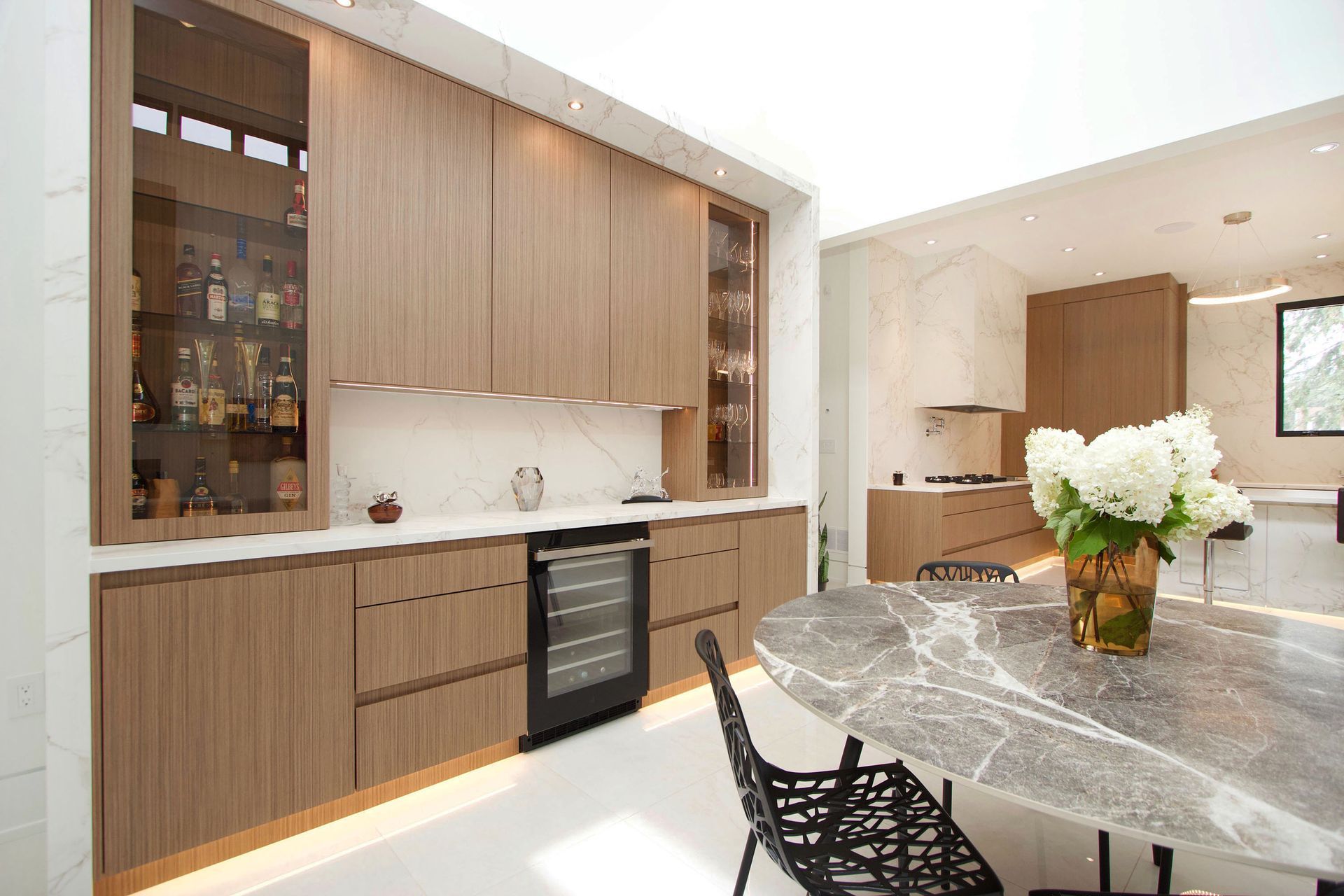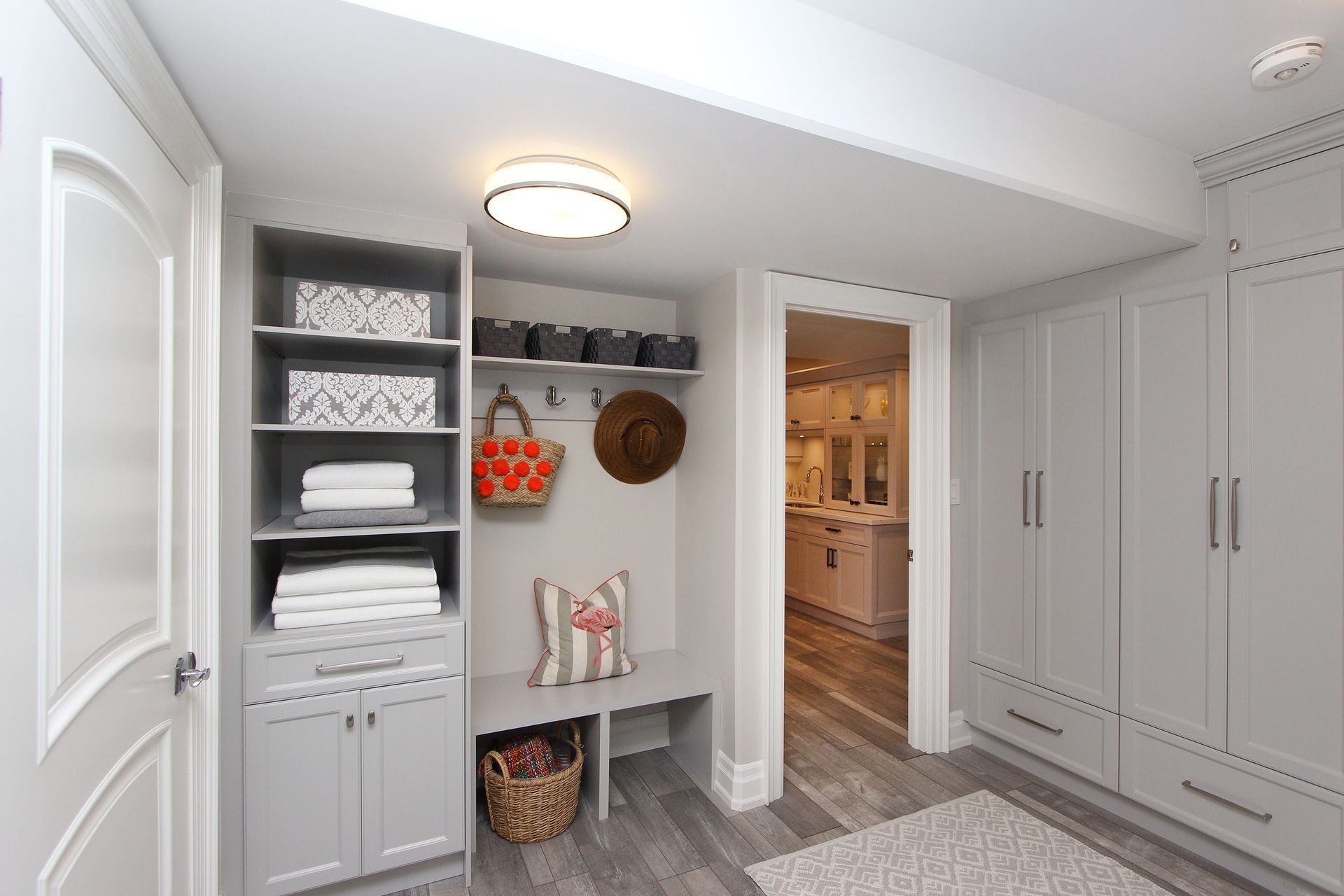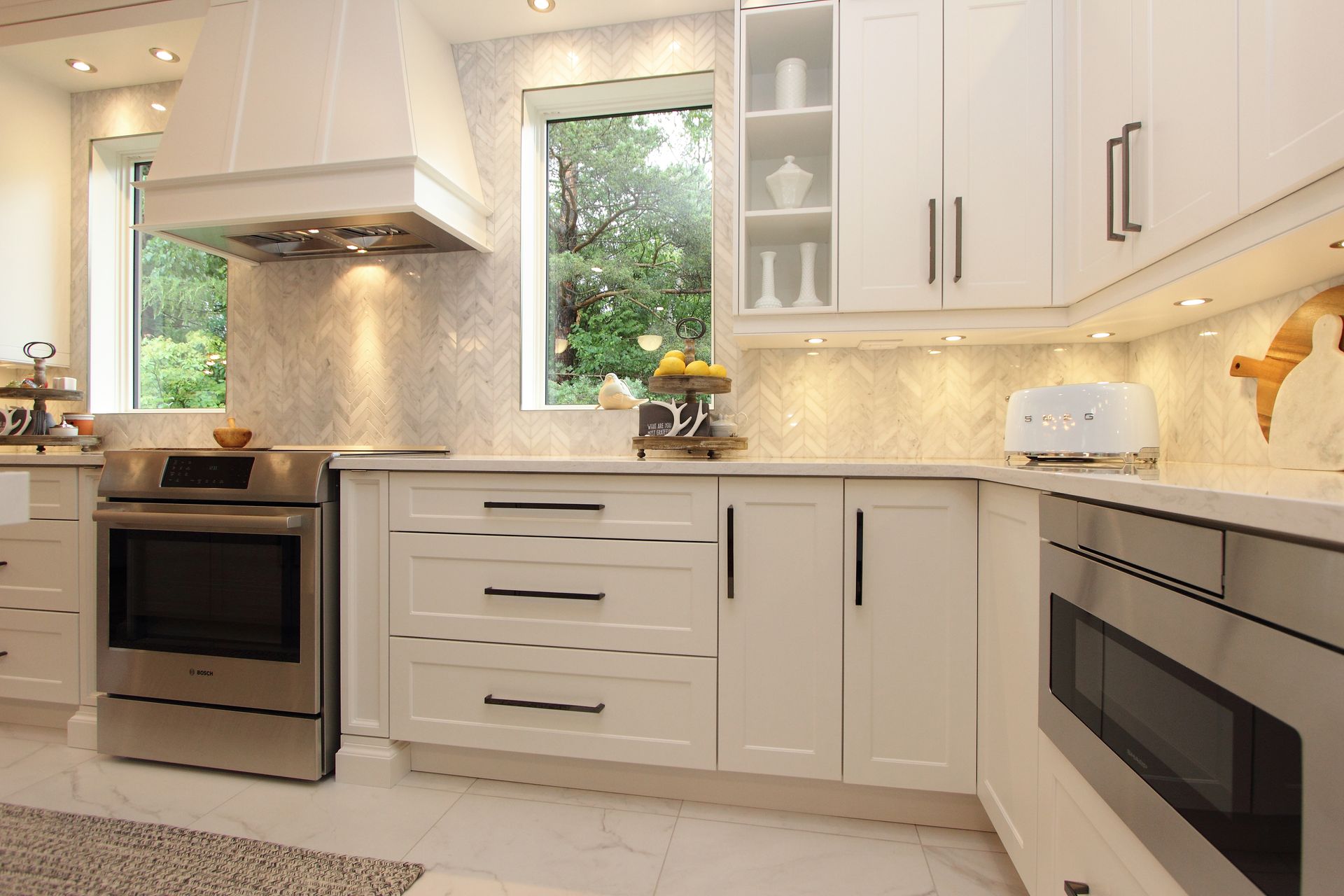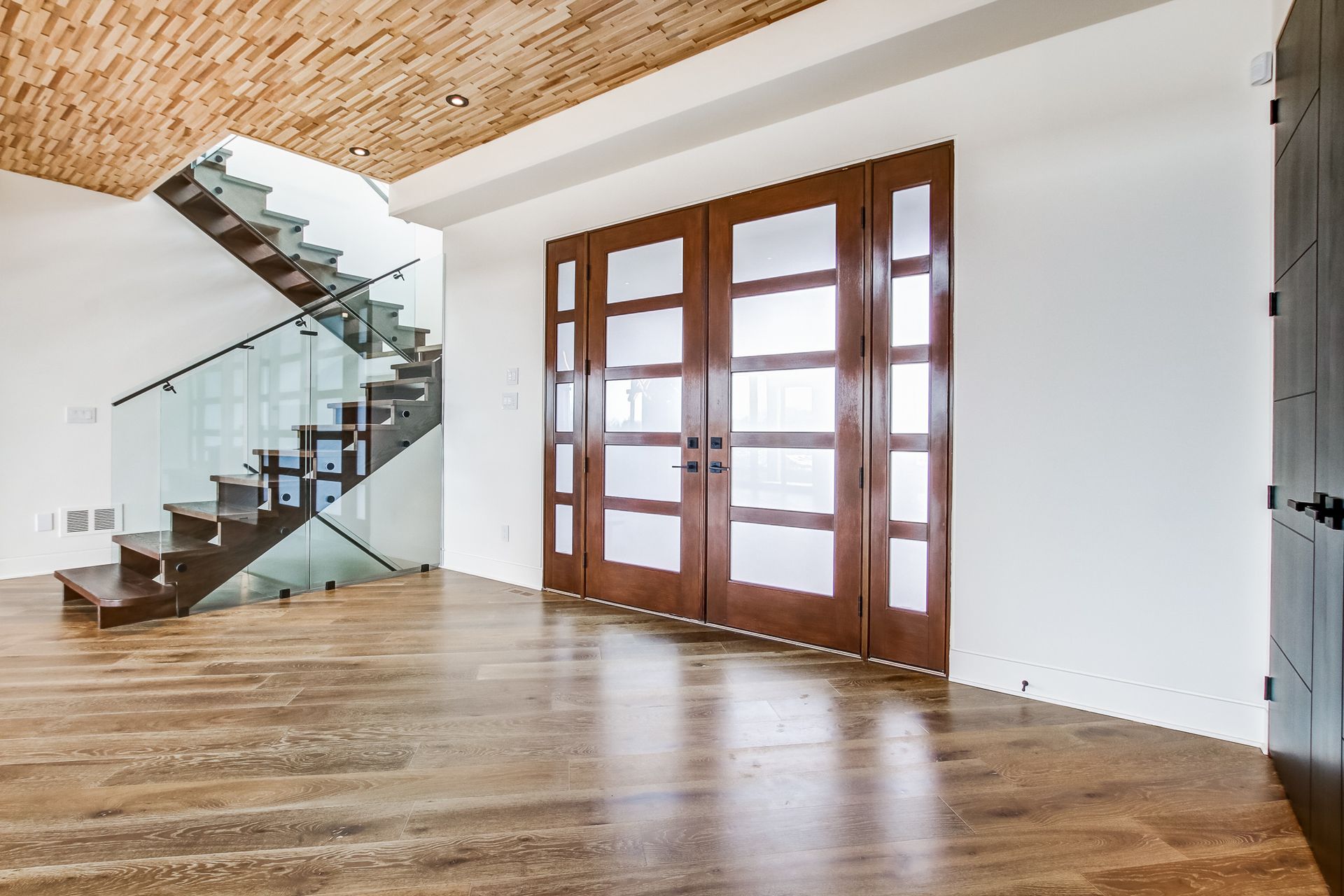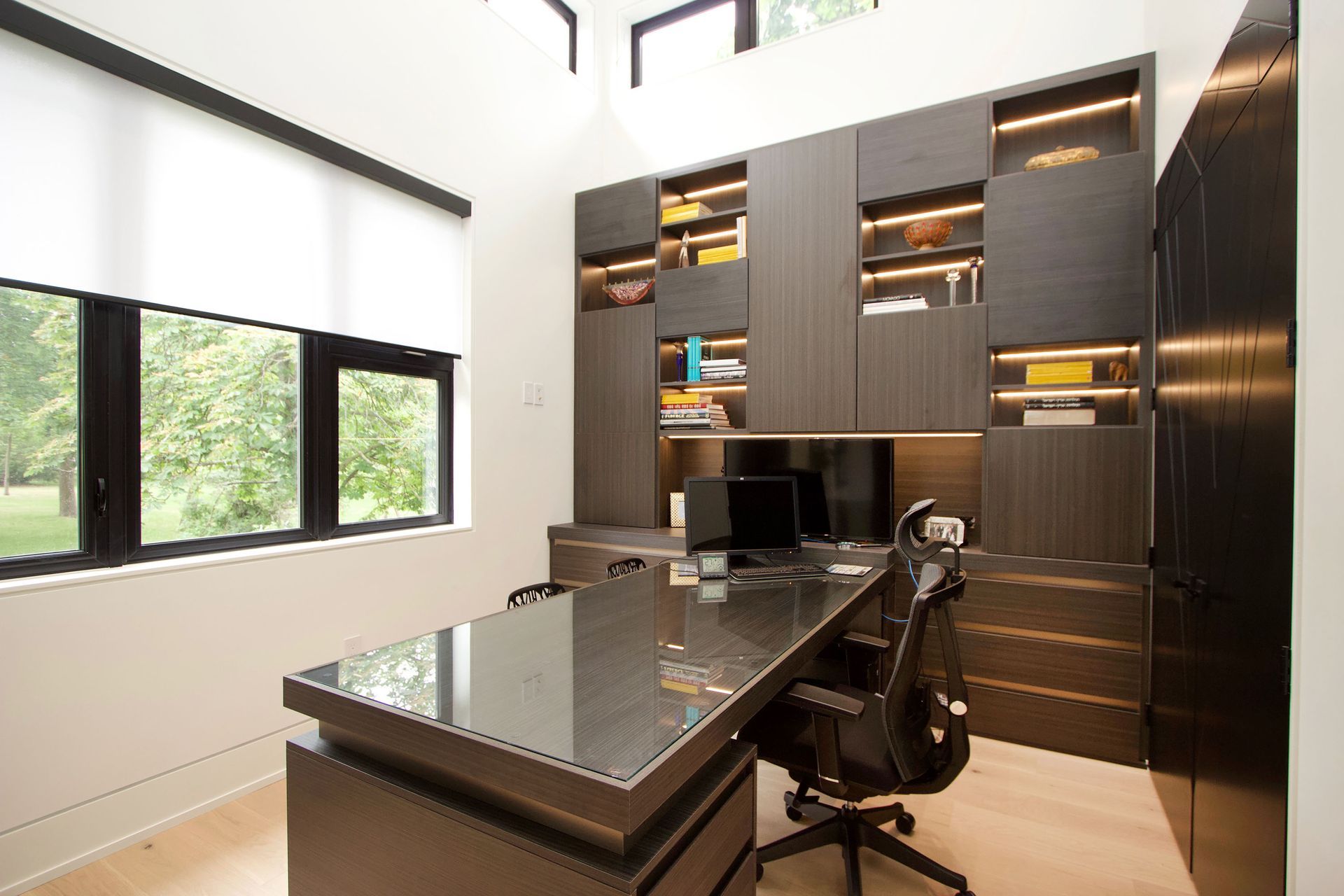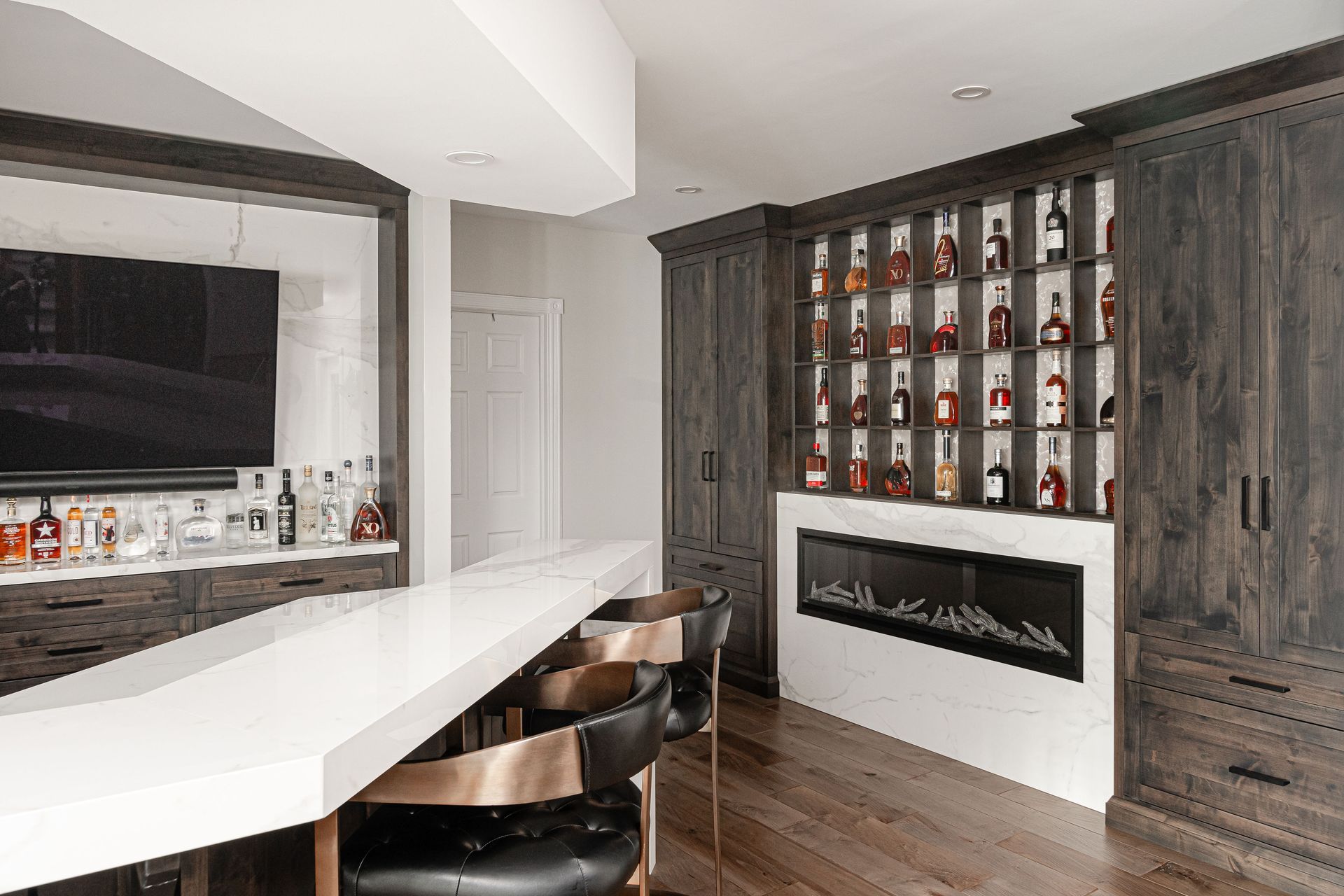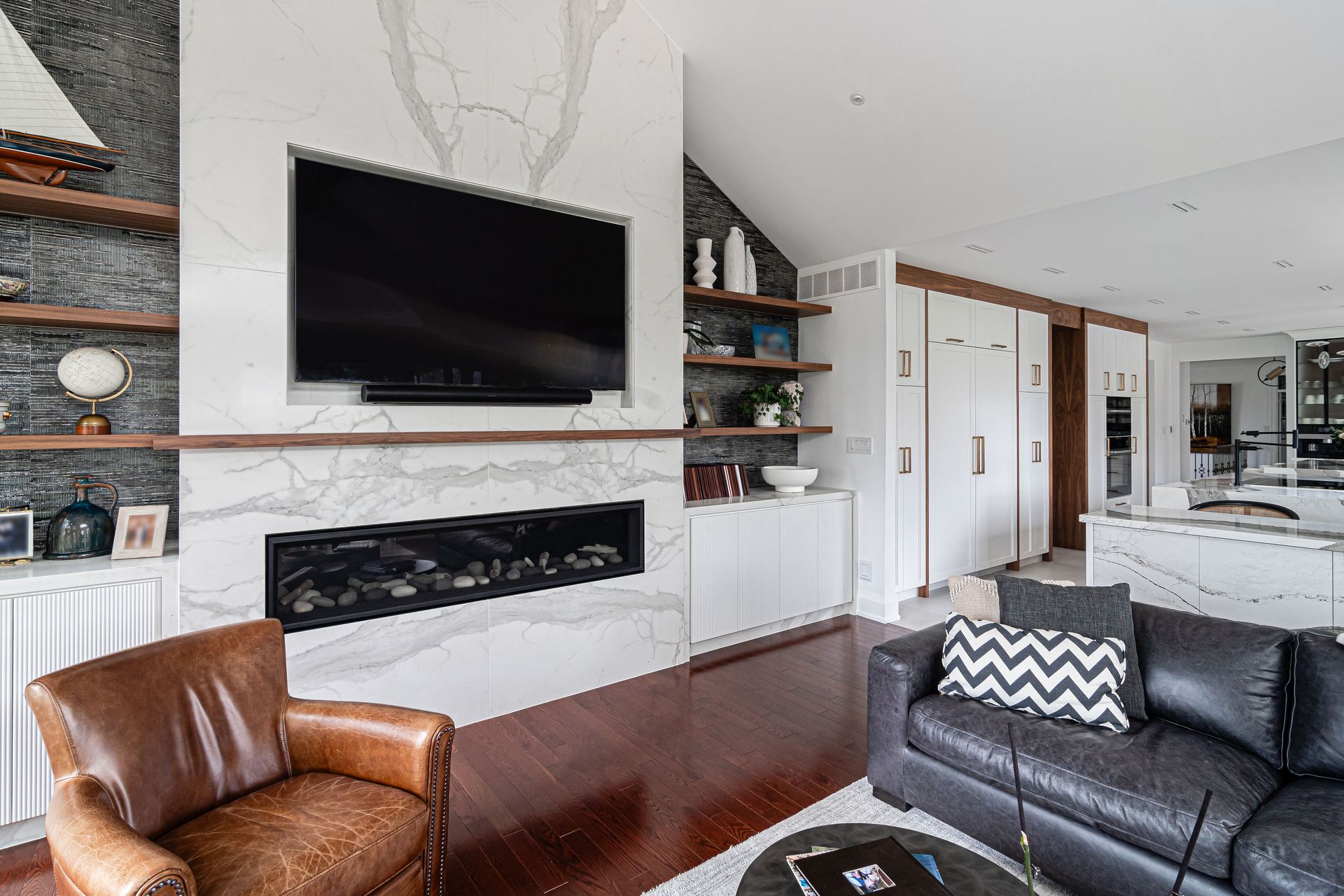Accessible Bathroom Renovation Ideas for Toronto Homes
Toronto’s design landscape is evolving rapidly, and accessible bathroom renovations are no longer just a matter of compliance—they're a reflection of cutting-edge design sensibilities and the city's growing commitment to inclusive living. Forget sterile, medical-looking layouts. The modern accessible bathroom in Toronto is an intentional blend of elevated aesthetics, seamless tech, and smart planning. It's luxurious, it’s stylish, and most of all, it’s for everyone.
This year, the trendsetting crowd is redefining what it means to live well. Accessibility isn’t an afterthought; it’s an integral feature of the city’s most forward-thinking homes. Whether it’s a laneway suite in Leslieville or a penthouse in Yorkville, the bathrooms being renovated in 2025 are designed for longevity, beauty, and full-spectrum functionality.
Accessibility Is the New Luxury
What used to be considered niche or purely medical has now taken its place at the top of the design food chain. Accessibility is being embraced not just by homeowners planning for aging in place, but by young professionals, families, and developers who understand that inclusivity is not a limitation—it’s a flex.
Curb-less showers with sleek, integrated benches are replacing traditional tubs. Floating vanities are not just a visual statement—they create room for mobility aids without sacrificing design. Doors are getting wider, thresholds are getting lower, and materials are getting smarter. Designers are choosing heated floors that align perfectly with open walk-in layouts and flooring that eliminates the need for transitions altogether.
Aesthetically, accessible no longer looks institutional. It looks curated. Grab bars are being reimagined in matte black, warm brass, or brushed nickel finishes. Support rails now echo the forms of high-end towel warmers. Height-adjustable vanities are dressed in custom cabinetry. Every element is chosen with both function and flair in mind.
In Toronto, these types of renovations aren’t just updates—they’re investments. Not just in resale value, but in long-term comfort, adaptability, and architectural relevance. Homes are becoming places that grow with you, without compromising on taste or experience.
Designing with Purpose and Precision
The accessible bathrooms leading the way in 2025 are exercises in purposeful design. It’s not about making space—it’s about making space work better. Toronto homeowners are getting smarter about spatial planning. Clear turning radii are being worked into every plan, ensuring wheelchair accessibility without awkward layouts. Sinks are now wall-mounted to allow for seated use, and faucets are being relocated to the side for easier reach.
Lighting is a major player in the accessibility conversation this year. Layered lighting is non-negotiable. From motion-sensing under-cabinet strips to dimmable vanity lights and anti-glare ceiling fixtures, the goal is to create a bathroom that functions intuitively for all times of day and all levels of vision. Even mirror placement is being reconsidered—tilting mirrors are on the rise, offering flexible viewing angles for standing and seated users alike.
The key to these renovations is subtlety. When accessibility is done well, it disappears into the design. Seamless tile transitions, door hardware with ergonomic pull mechanisms, and sensor-driven features are integrated so elegantly that you don’t realize they’re accessible—you just feel that they work.
Contractors and designers in Toronto are also getting more nuanced. They’re fluent in city guidelines, but they’re pushing beyond them to deliver bathrooms that aren’t just code-compliant, they’re future-ready. Design decisions are being made with foresight, not fear—making these bathrooms more liveable, more beautiful, and more enduring.
Tech Is the Ultimate Enabler
Technology is driving a huge part of the accessible bathroom revolution in Toronto. Homes are getting smarter, and so are the bathrooms. Voice-controlled systems are now standard in top-tier renovations. Lights, fans, heated floors, even the water temperature—all controllable through simple commands or automated schedules. These features are not just luxuries anymore—they’re lifelines for those with mobility, dexterity, or vision challenges.
Smart toilets and bidet systems are quickly becoming mainstream. These high-tech units offer touchless flushing, adjustable cleaning modes, and even built-in dryers—all enhancing independence and reducing the need for assistance. Paired with motion-activated lids and deodorizing systems, they are a far cry from the standard toilet—and they bring a spa-like experience to any bathroom.
Showers are also undergoing a transformation. Digital panels allow users to preset water pressure and temperature, while thermostatic valves ensure absolute safety from scalding. Sensor-based flood prevention, leak detection, and humidity monitoring are making homes safer and more energy-efficient all at once.
And it’s not just fixtures—it’s infrastructure. Heated towel racks with auto shutoff, integrated emergency call buttons, and Bluetooth-enabled mirrors with built-in lighting controls are turning accessible bathrooms into fully connected spaces. Toronto’s residents aren’t just installing new gadgets; they’re building entire ecosystems where everything is intuitive, responsive, and utterly stylish.
Materials That Marry Style and Safety
One of the most exciting shifts in accessible design right now is in the materials. For years, safety meant sterile. That’s over. In 2025, Toronto’s designers are proving you can have slip resistance, antimicrobial protection, and easy maintenance—without sacrificing looks.
Non-slip porcelain tiles now come in large-format slabs that mimic concrete, natural stone, or terrazzo with stunning realism. Their texture is subtle enough to feel refined, but grippy enough to keep users safe. Waterproof luxury vinyl planks are also gaining momentum, offering warmth underfoot, zero thresholds, and a wood-like appearance that softens even the most modern designs.
Surfaces are going matte. Not just because they look amazing, but because they reduce glare and are easier on aging or light-sensitive eyes. Even cabinetry and vanities are shifting from gloss to texture—adding visual interest and enhancing grip in spaces where wet hands are the norm.
Quartz remains the go-to for counters and ledges, but we're also seeing bold experimentation. Composite stone with tactile patterns, live-edge wood sealed for wet zones, and even microcement finishes are being used to add drama and depth.
And let’s not forget the finishing touches. Designers are layering in textures and contrast not just for aesthetics, but to aid navigation and usability. Dark counters against light walls improve visual clarity. Textured tiles in the shower cue tactile changes underfoot. It’s all deliberate, and it’s all designed to feel luxurious while quietly supporting diverse needs.
Investing Smart: Planning, Budgeting, and Building with Intention
There’s a real art to budgeting for accessible renovations. The smartest renovators in Toronto are thinking long-term, understanding that an upfront investment in thoughtful design pays dividends in safety, independence, and property value.
Costs for a full accessible bathroom renovation in Toronto typically start around the mid five-figure range, but that number quickly scales depending on the features, finishes, and level of customization. Homeowners who treat accessibility like an upgrade rather than a concession are the ones seeing the most success—both in the daily enjoyment of their space and in future-proofing their property.
What’s being seen now is the layered renovation approach. Homeowners are working with designers to stage out projects over time: starting with structural adjustments like widening doorways or moving plumbing, then layering in features like smart fixtures and tech automation as the budget allows. This flexible strategy helps more Torontonians access premium renovations without the overwhelm of a full overhaul all at once.
And the savvy are also tapping into available supports—strategically pairing sustainability upgrades like low-flow toilets or LED lighting with accessibility features to qualify for city grants or tax credits. Renovation is no longer just about aesthetics or functionality—it’s about designing a space that evolves, adapts, and grows with you.
Toronto has always been a city that sets trends instead of following them. And in 2025, the most visionary renovations are not only gorgeous—they’re inclusive, intuitive, and brilliantly built for real life.
